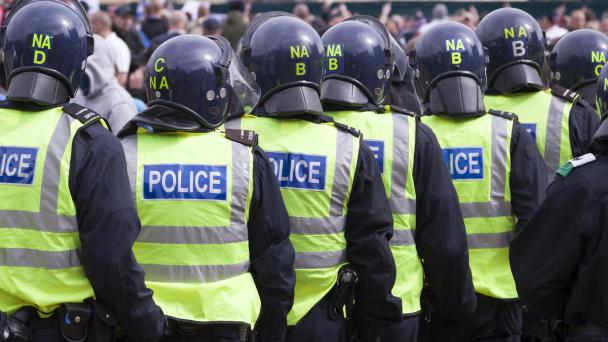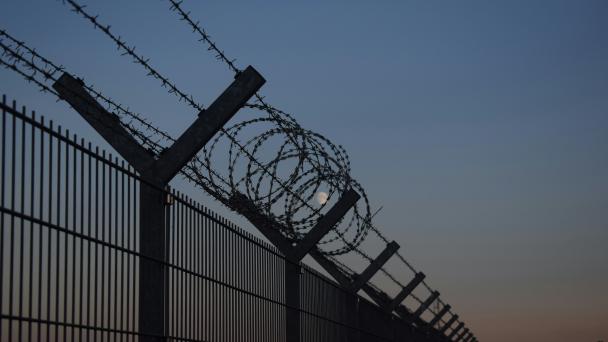Conspiracy theories and counter extremism


Social media platforms are typically categorised as either ‘mainstream’ e.g. Facebook, Instagram, TikTok and X or ‘fringe’, alternative sites catering to smaller user bases with more specific ‘needs’. One such alternative is Parler. Founded in 2018, Parler advertised itself as a space for free speech, with users flocking to the site. By January 2021, it had reached around 12 million registered users.
1
However, Parler’s moment in the sun ended abruptly in the aftermath of the January 6th Capitol Riot in 2021, amid accusations that organisers and participants had mobilised on their site. It was promptly removed from the Google, Apple and Amazon app stores.
2
A hack of 70,000 gigabytes of Parler’s user data in 2022 was the final straw.
Parler’s demise prompted users in the site’s free speech, right-wing and conspiracy theorist communities to migrate elsewhere, jumping from one ‘extreme’ lily pad to others, such as Gab, Signal and Trump’s ‘Truth Social’ platform. The main beneficiary, however, appears to have been Telegram.
“They’re always preparing for where they’re going to go to next, anticipating that their platform of choice is going to go down.” (Anti-Defamation League’s Centre on Extremism)
In the 72-hours after Parler shut down, Telegram gained 25 million new users. Within this surge, the average number of subscribers from the top US right-wing communities on Telegram increased (by 1600%) from 7,425 to 118,984 in January 2021 alone.
3
Telegram, founded by two Russian brothers in 2013, also advertised itself as an alternative space for free speech, with three key components:
Telegram states ‘This way people you chat with will have no verifiable proof you ever sent them anything.' 4
These components, combined with Telegram’s permissive moderation policies, created the perfect environment for far-right users. 5
The aftermath of the Capital Riot wasn’t the first time far-right users had gravitated to the platform. Previous research documented the growing popularity of the site with a US and UK right-wing userbase in mid-2019. This surge was particularly apparent in April and May, when bans of far-right UK personalities such as Tommy Robinson and Paul Golding on Facebook and Instagram were imposed. 6
As these personalities moved to alternative sites, they vowed to rebuild their audiences elsewhere. The takedown of Parler, saw multiple far-right groups declaring their move to Telegram, including the English Defence League, along with its founder Tommy Robinson.
“Please spread the word that we are back here on Telegram, tell all our patriot cousins from across the pond we are here still fighting the good fight.” (Tommy Robinson)
As of 2023, Telegram is now the third most downloaded messenger app worldwide, behind mainstream platforms Facebook and WhatsApp. By March 2024 it was stated that the site had reached 900 million users. 7 Yet despite its mass appeal, the site has continued to provide an online haven for far-right groups, allowing them to grow their audience across nations.
A high-profile example of international connections between far-right users is Terrorgram, a network of fascist, neo-Nazi and white supremacist channels on Telegram that label terrorists as ‘Saints’ and praise their attacks, including the 1999 London nail bombs, the 2011 Norway attack and the 2019 Christchurch attack. 8
In April 2024, the UK Government proscribed Terrorgram as a terrorist organisation – making it the sixth extreme right-wing group to be added to the UK’s list of 80 terrorist organisations. Those who belong to the network or invite support to it are now committing a criminal offence and could face a sentence of up to 14 years in prison and an unlimited fine. 9
“The Terrorgram collective spreads vile propaganda and aims to radicalise young people to conduct heinous terrorist acts. This is why we are outlawing membership or support for the group – we will not tolerate the promotion or encouragement of terrorism in the United Kingdom.” (Rt Hon James Cleverly MP, former Home Secretary)
The UK is the first country to proscribe Terrorgram as a terrorist organisation, an act which has been welcomed by counter-extremism and disinformation organisations such as Tech against terrorism. 10 But despite promoting acts of terrorism, publishing guides and selecting targets to attack, Terrorgram channels remain active on the Telegram platform.
The high-profile arrest of Telegram co-founder Pavel Durov has raised concerns over the future of social media platforms, and of the owners who take a permissive approach to alleged criminal activity on their sites.
What next… the arrest of Elon Musk?
(Nigel Farage)
Technology’s role in this space cannot be overstated. Social media is revitalising and reinvigorating far-right mobilisation at levels never seen before, crossing platforms, borders and generations.
Alternative social media platforms continue to play a part online with their promise to protect free speech in the digital world. But as they garner larger global userbases, there are those who increasingly co-opt these online spaces to promote extreme, far-right narratives and will continue to do so in the name of an increasingly blurred definition of free speech. The same can be said for mainstream platforms, where the laws of the LAN (Local Area Network) and land are increasingly at odds.
While there are parallels across the pond between the US and UK far-right, anyone can be enticed into the harmful environment created on these ‘anything goes’ free speech platforms. They don’t need to be from either of these countries or a member of the far-right, they simply need an internet connection and a login.
The National Centre for Social Research (NatCen) is leading new research to explore this question alongside other themes to influence policy and actions in this space.
To find out more or to support this research please contact: rob.wray@natcen.ac.uk.




Receive a regular update, sent directly to your inbox, with a summary of our current events, research, blogs and comment.
Subscribe